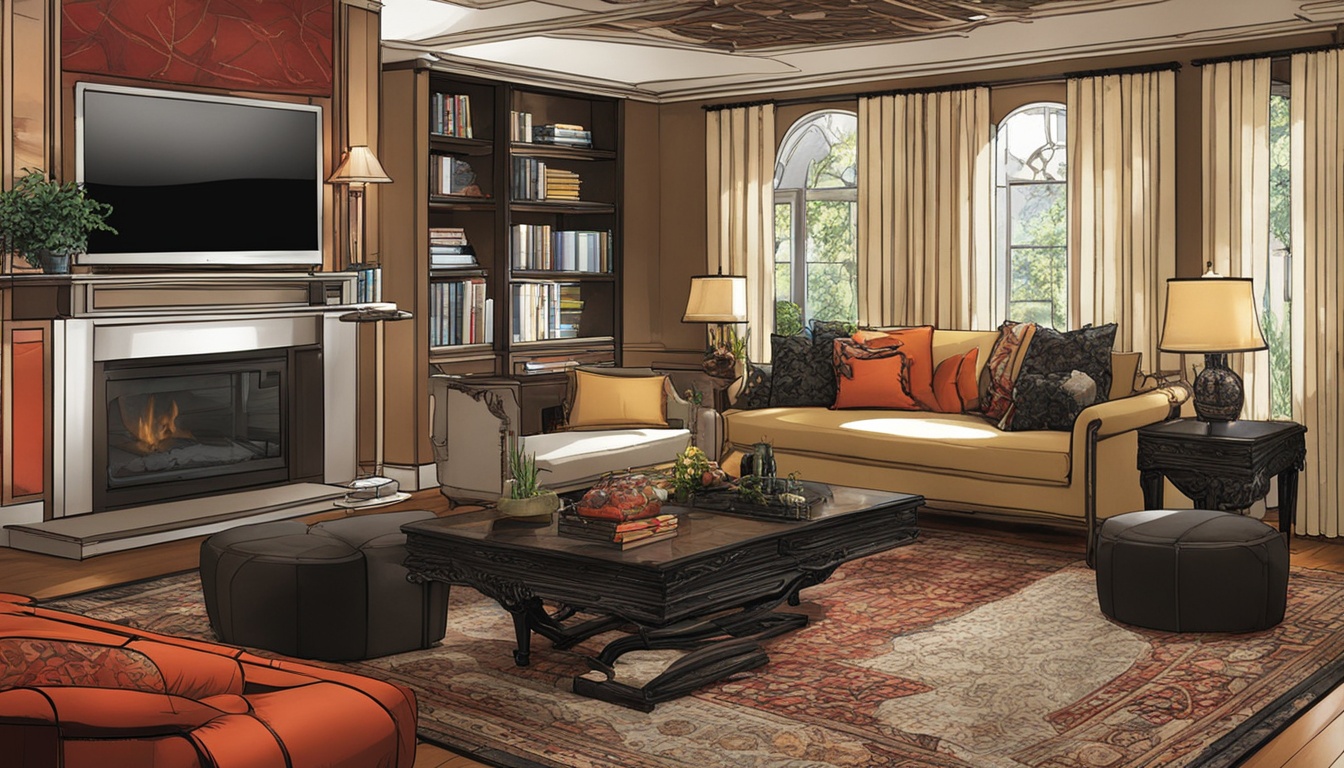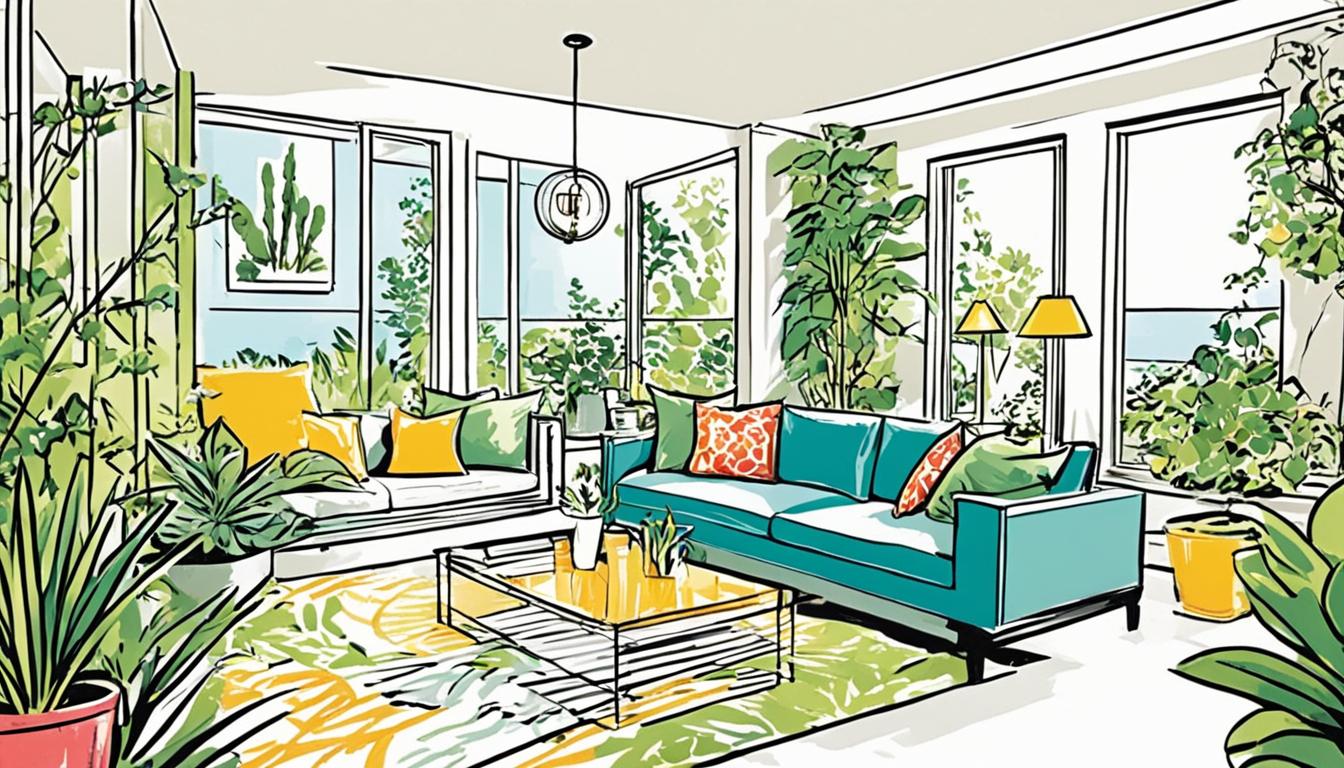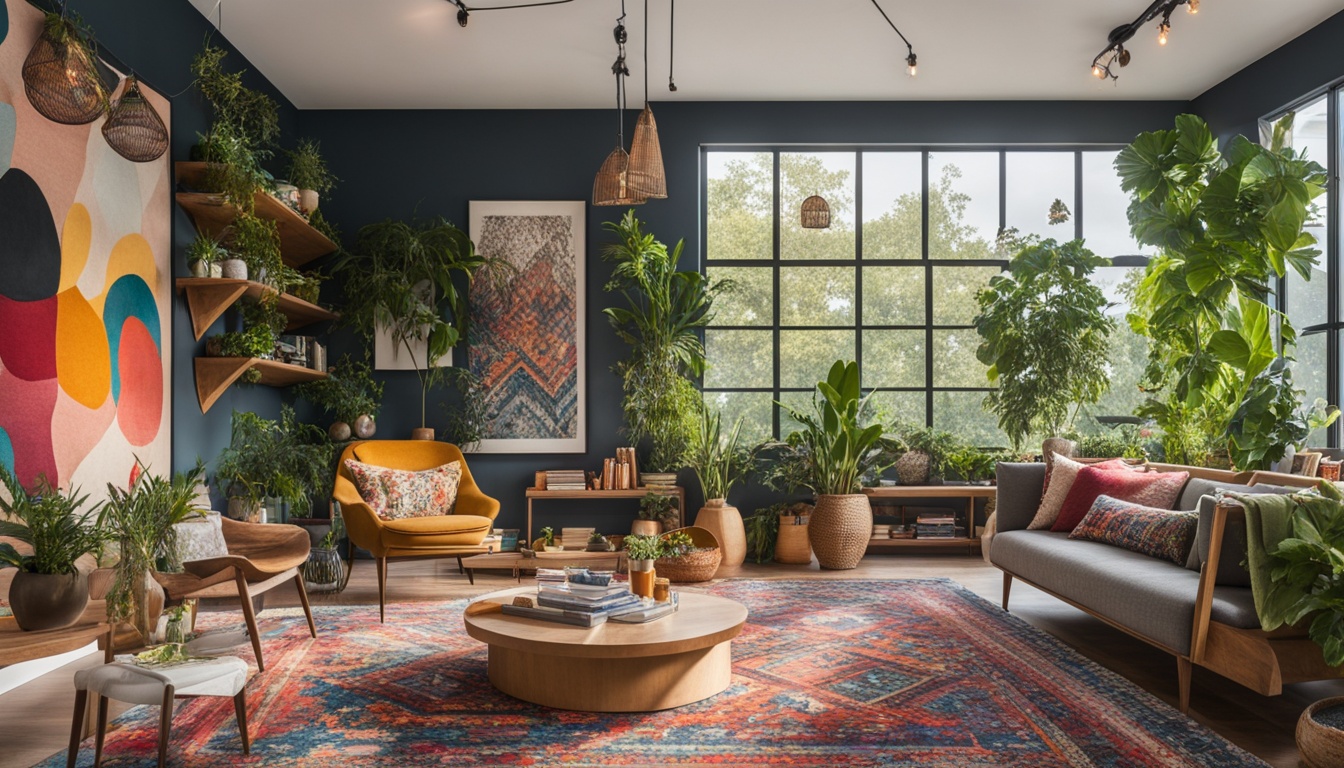Your interior design portfolio is more than just a collection of your work; it’s a vital tool that showcases your skills and creativity in a competitive industry. Whether you’re just starting or looking to revamp your existing portfolio, understanding how to make a portfolio in interior design can significantly impact your ability to attract potential clients and secure ideal projects. When creating an interior design portfolio, it’s essential to create a tangible representation of your design philosophy and abilities.
This article will guide you through the essential elements of crafting a remarkable portfolio that stands out. You’ll learn how to emphasize a variety of residential and commercial projects, ensuring you demonstrate versatility and adaptability to different client needs. Including high-quality images, brief project descriptions, and even technical drawings can highlight your craftsmanship while showcasing your exceptional design journey.
Additionally, incorporating client testimonials will elevate your portfolio’s credibility, reinforcing trustworthiness among prospective clients. With features like personal design sketches and the inclusion of before-and-after photos, your portfolio will not only tell the story of each project but also demonstrate your innovative problem-solving skills. Embrace technology and interactive elements to enhance viewer engagement, making your portfolio a true reflection of you as a designer.
Key Takeaways
- A well-crafted portfolio showcases your creativity and skills as an interior designer.
- Include a mix of residential and commercial projects for versatility.
- High-quality images and clear project descriptions are essential.
- Client testimonials add credibility to your portfolio.
- Regular updates keep your portfolio relevant and reflective of your growth.
- Embrace interactive elements to enhance viewer engagement.
The Importance of a Strong Interior Design Portfolio
Your portfolio serves as your unique calling card in the interior design realm. As a powerful visual resume, it highlights your abilities, creativity, and personal design philosophy. A well-crafted portfolio not only displays your finest work but also articulates your design aesthetic, making a significant impression on potential clients and employers.
Why Your Portfolio is Your Calling Card
In today’s competitive market, a captivating interior design portfolio acts as a vital tool to differentiate yourself. Prioritizing quality over quantity is key; including only your best work ensures that your skills shine brightly. A thoughtfully designed portfolio may incorporate a variety of project types, such as:
- Residential interiors
- Commercial spaces
- Hospitality design
Employers often lean towards digital portfolios due to their portability and ease of access. Tools like Format, Portfoliobox, or even Adobe InDesign can help in creating an engaging online presence.
How a Compelling Portfolio Sets You Apart
The impact of your portfolio extends to the design process you present. Including sketches, mood boards, and design concepts invites potential clients to see how you think creatively. High-quality photographs and CGI renders are invaluable for showcasing your work. Furthermore, maintaining a cohesive theme allows others to recognize your unique style easily.
Effective use of white space, thoughtful typography, and a variety of layout designs contribute to a professional appearance, making navigation intuitive for potential clients. Remember, presenting testimonials in your portfolio provides credibility, affirming your commendable work ethic and design skills.
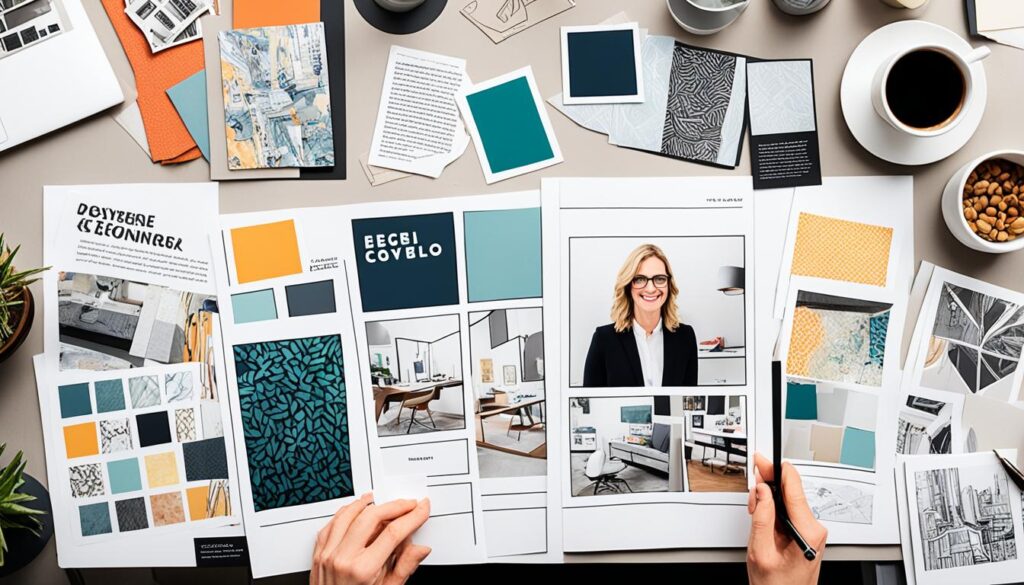
| Portfolio Type | Advantages | Considerations |
|---|---|---|
| Digital Portfolio | Convenient, easily distributable, portable | Requires internet access, can lack tactile engagement |
| Physical Portfolio | Stronger impression, tangible experience | Less portable, higher production costs |
Using both portfolio types can maximize your exposure and appeal to various clients. Prioritize showcasing your finest interior design projects while ensuring your portfolio remains an effective representation of yourself as a designer.
Understanding the Basics of an Interior Design Portfolio
An interior design portfolio serves as a critical tool in showcasing your talents and creativity. It highlights not just completed projects but also your design journey and progression. Understanding the fundamentals of building a professional interior design portfolio can help you clearly define its purpose and structure. This way, you’ll be well-equipped to create a captivating collection that resonates with potential clients and employers.
Defining the Purpose of Your Portfolio
The primary purpose of your portfolio is to communicate your expertise visually. A compelling portfolio tells the story of your design philosophy and practical experience. Whether you’re aiming for freelance opportunities or full-time employment, ensuring your portfolio aligns with your career aspirations is essential. For beginners, leveraging coursework, sketches, and project work provides a strong foundation. Established designers can showcase a well-rounded narrative of their career through real-world client projects and testimonials.
Key Elements of a Compelling Interior Design Portfolio
Every successful interior design portfolio includes key components that help convey your capabilities. High-quality images of completed projects are vital, as they attract attention and demonstrate your design skills. You should accompany these visuals with detailed descriptions explaining your role and the process behind each project. Below is a structured overview highlighting important elements to consider:
| Element | Description |
|---|---|
| Project Images | Include crisp, high-resolution images that highlight your completed designs. |
| Project Descriptions | Write detailed explanations of each project, focusing on your specific contributions and design decisions. |
| Client Testimonials | Incorporate feedback from clients to establish credibility and showcase successful outcomes. |
| Design Process Illustrations | Display sketches, mood boards, and color palettes to highlight the design evolution. |
| Educational Background | Feature relevant credentials, certifications, and any significant coursework that strengthens your portfolio. |
| Contact Information | Ensure that potential clients can easily reach you to discuss projects and opportunities. |

Inspiration can be found in numerous interior design portfolio examples available online. By analyzing different styles and layouts, you can apply what resonates with your vision and expertise. With the right combination of visuals, narratives, and details, your portfolio will effectively represent your skills and attract prospective clients.
What Makes a Standout Interior Design Portfolio
A standout interior design portfolio not only highlights your creativity but also effectively communicates your expertise. Focusing on compelling visuals alongside descriptive narratives is key to making a memorable impression.
Utilizing Compelling Visuals
High-quality visuals form the backbone of any interior design portfolio. Prioritize high-resolution images to showcase your work with clarity. Incorporate various visual elements including:
- 3D views
- Before and after photos
- Hand renderings
- Sketches
Using these elements draws in your audience, allowing them to appreciate the beauty and intricacies of your designs. Integrating visual storytelling into your presentation can enhance the overall impact of your interior design portfolio tips.
Crafting Clear Project Descriptions
Accompany your visuals with brief yet informative project descriptions. Each project page should clearly articulate:
- Project title and location
- Completion date
- Client briefs and challenges faced
- Your responsibilities and the design process
This clear structure not only presents your skills but also builds credibility. Consider adding testimonials from clients to enrich your narrative. Keeping your content updated, ideally annually or biannually, ensures that your design portfolio presentation ideas reflect your most current work and style.

| Element | Description |
|---|---|
| Visuals | High-resolution images, 3D views, before and after photos, hand renderings, sketches |
| Project Titles | Clear identification of each project, including location and completion date |
| Project Descriptions | Informative narratives detailing client briefs, challenges, and design processes |
| Client Testimonials | Quotes and feedback from previous clients to bolster credibility |
By intertwining compelling visuals with detailed narratives, you create an engaging experience that resonates with potential clients and employers alike. This holistic approach to presentation is essential for any serious interior designer looking to establish a robust professional identity.
How to Make a Portfolio in Interior Design
Creating an interior design portfolio is a significant step in showcasing your skills and potential to clients or employers. At the heart of it lies the selection of projects that not only represent your best work but also illustrate your versatility as a designer.
Starting with Project Selection
Begin by picking a variety of projects that highlight your individual strengths. Aim for a blend of styles and types of work. This may encompass personal designs, work for friends or family, or even small professional projects such as color consultations. The key is to focus on quality; include only those works that resonate with your design philosophy. Amy Kalikow, a designer from Manhattan, underscores the importance of undertaking diverse projects to enrich your portfolio with varied experiences.
Showcasing Your Design Process
In addition to the final outcomes, diving into the design process can greatly enhance your portfolio. Document your journey with sketches, mood boards, and snapshots from different phases of your projects. Designers like Andrew Torrey suggest capturing close-up vignettes to effectively convey style and texture, while Ryan Hansen from SCAD highlights the necessity of a comprehensive presentation that reflects your creative identity. Presenting your design process visually not only engages potential clients but demonstrates your thoughtfulness and creativity in tackling design challenges. Incorporating personal projects further enriches this narrative, showcasing your imaginative solutions and unique approach.
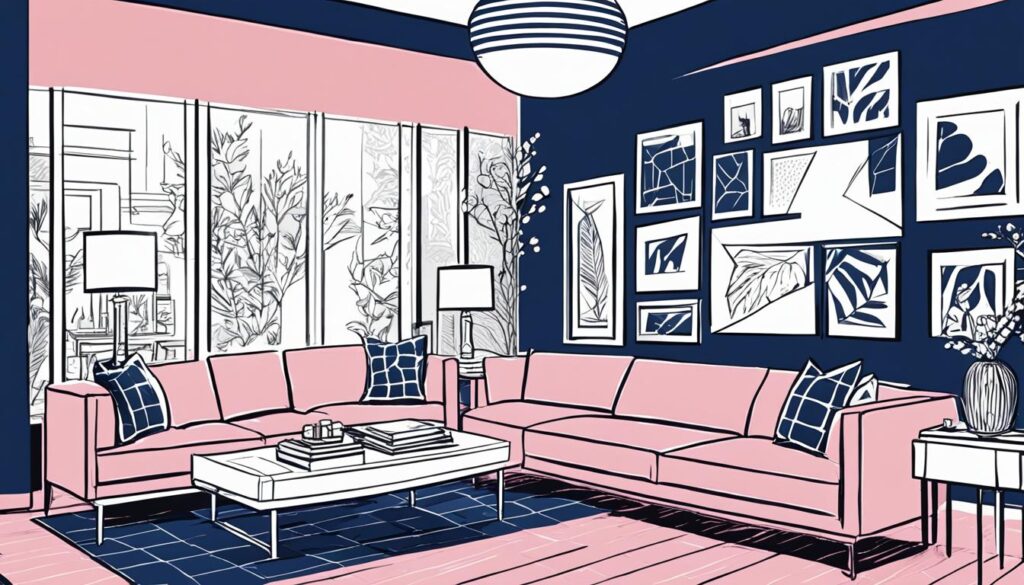
| Project Type | Key Elements to Include |
|---|---|
| Personal Projects | Showcase creativity; document the process; emphasize personal style |
| Professional Work | 3-7 high-quality photos; clear project descriptions; client feedback |
| Collaborative Efforts | Role clarity; unique contributions; collaborative dynamics |
| Experimental Designs | Highlight risk-taking; document project evolution; showcase learning |
By thoughtfully curating your projects and showcasing your design process, you pave the way for creating an interior design portfolio that not only attracts attention but also clearly communicates your unique perspective and talents. This strategic approach allows clients to envision the potential of working with you.
Building a Professional Interior Design Portfolio
Creating an outstanding portfolio layout for designers is vital for effectively showcasing your skills and work. When you begin building a professional interior design portfolio, consider the formatting options available. Digital formats have become increasingly popular thanks to their accessibility and versatility. They can easily be shared through websites, social media, or portfolio platforms like Behance. On the other hand, a physical portfolio remains advantageous during in-person meetings, allowing you to create a memorable impression.
Choosing Between Digital and Physical Formats
Assessing the right format for your portfolio can significantly impact how your work is perceived. Digital portfolios allow for easy updates and sharing, aligning with today’s fast-paced digital age. Meanwhile, physical portfolios still hold their charm, especially when presenting to clients who value tangible experiences. Balancing both formats can maximize your opportunities, showcasing your projects effectively for various situations.
Incorporating Client Testimonials for Credibility
Including client testimonials is an excellent strategy when building a professional interior design portfolio. Positive feedback serves as social proof, demonstrating your ability to meet and exceed expectations in a professional setting. A well-organized collection of testimonials can amplify the credibility of your work, reinforcing your reputation and attracting new clients. It gives potential clients confidence in your skills, encouraging them to reach out and collaborate with you.

Design Portfolio Presentation Ideas
When it comes to showcasing your design work, presentation can significantly impact how potential clients perceive your skills. Implementing effective design portfolio presentation ideas becomes vital for standing out in a competitive market. A well-organized portfolio can tell your unique story while drawing attention to your strengths as a designer.
Creating an Engaging Narrative
Your interior design portfolio should tell a compelling story of your professional journey. Organizing your projects chronologically or thematically allows audience members to follow along as they explore your design evolution. Each project entry should include high-quality images paired with engaging descriptions that highlight your design thought process and approach. Aim to capture the essence of what inspired each design choice, creating an emotional connection with viewers.
Adding Before-and-After Transformations
Incorporating before-and-after images can be a powerful way to demonstrate the impact of your work. These transformations speak volumes about your ability to visualize possibilities in spaces and effectively execute those visions. Each set of comparisons can highlight your problem-solving skills and showcase the tangible results of your creativity. Presenting these visuals prominently in your design portfolio not only captivates viewers but enhances their understanding of your talent for transforming interiors.
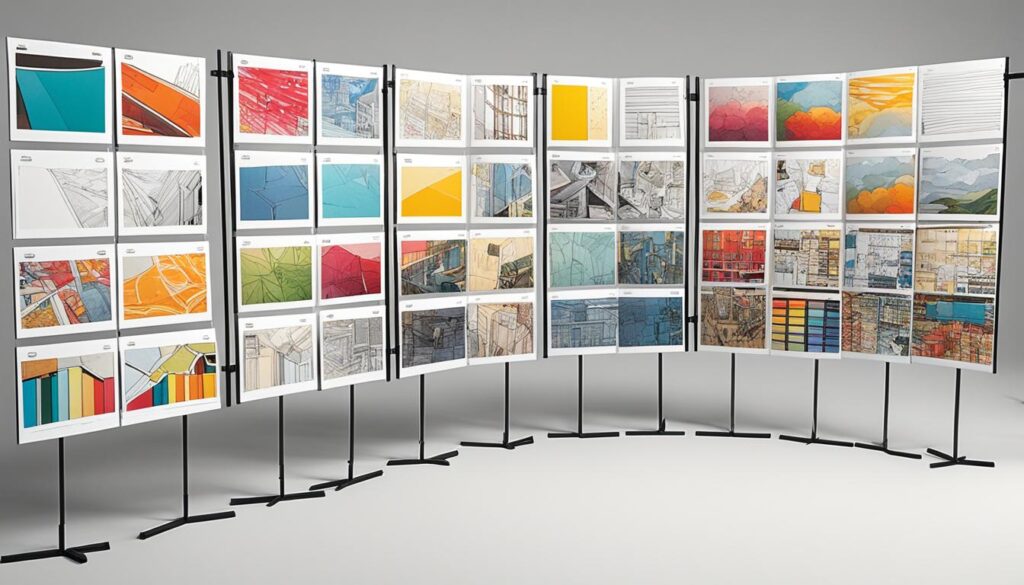
Organizing an Interior Design Portfolio
Effectively organizing an interior design portfolio enhances its visual appeal and usability. A cohesive layout not only draws the eye but also aids in navigating through various projects. Grouping similar types of work ensures your portfolio tells a clear story about your style and approach, emphasizing professionalism.
Maintaining a Cohesive Layout
When organizing an interior design portfolio, consistency is vital. Begin with an introductory section that highlights your unique design philosophy. Use a set number of sheets, ideally between 6-9, to keep the viewer engaged without overwhelming them. Leave free space between text and images to improve readability. Position your strongest projects at the beginning and end, as these placements maximize impact due to retention patterns. A well-structured portfolio showcasing projects in a logical order—by creation date, type of client, or category—will allow your work to shine without excessive explanations.
Regular Updates to Showcase Growth
Regularly updating your portfolio is essential to represent your current skills and projects. An interior design portfolio should reflect ongoing work and recent accomplishments. Implement a schedule for updates, ensuring you include your best works. This practice not only showcases your evolution as a designer but also reinforces your dedication to continuous improvement. In a competitive market, regularly refreshed content demonstrates an active engagement within the industry, cultivating potential client interest and enhancing your appeal as a professional.
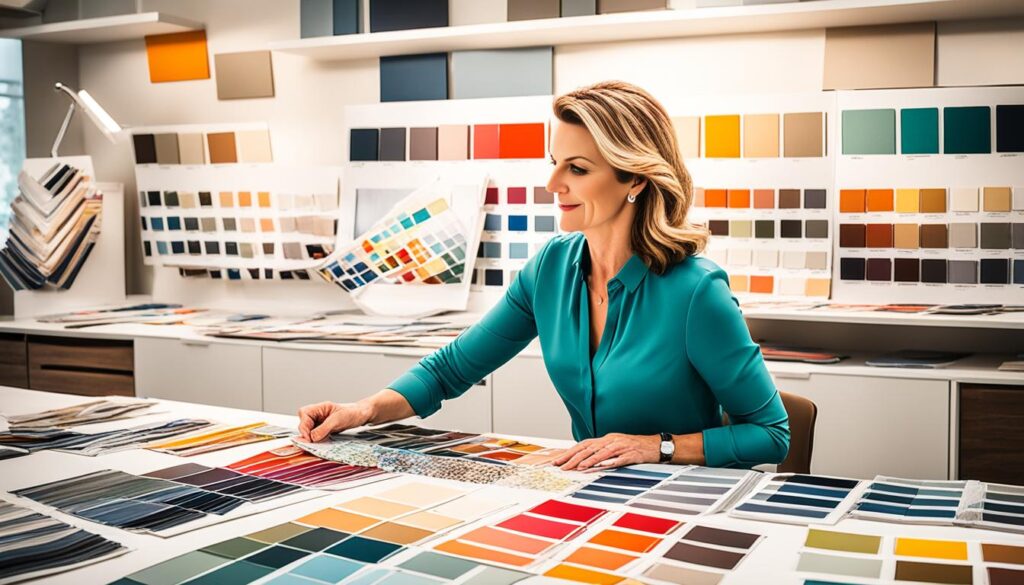
Conclusion
Building a professional interior design portfolio is essential for establishing your presence in the design industry. Crafting a compelling portfolio, as outlined in this article, allows you to effectively showcase your unique skills and creativity to potential clients. Whether you focus on how to make a portfolio in interior design through stunning visuals, engaging project descriptions, or incorporating client testimonials, your portfolio should be a true reflection of your abilities and style. Additionally, a well-organized and visually appealing portfolio can serve as a valuable tool for networking and securing new opportunities. By highlighting your most successful projects and demonstrating your ability to meet client needs, you can attract new clients and collaborators to your business. Ultimately, your portfolio can play a crucial role in your interior design business growth strategies, helping you to establish a strong brand and reputation within the industry.
Utilizing techniques such as before-and-after images and detailed shots can significantly enhance your portfolio, drawing attention to your design transformation skills and the intricate details of your work, from bespoke furniture pieces to artisanal craftsmanship. Remember that professional photography is crucial in portraying your design aesthetics accurately. Regularly updating your portfolio not only keeps it relevant but also displays your continuous growth and adaptation within the industry.
With various resources like Strikingly offering over 200 free website templates tailored for interior designers, you have the tools to create an engaging online presence. Templates such as Spectre, Interior, and Modern Home can help illustrate your projects, services, and testimonials effectively. By investing the time to curate your portfolio thoughtfully, you position yourself to stand out in a competitive market and attract the clients who will appreciate your distinctive design approach.
